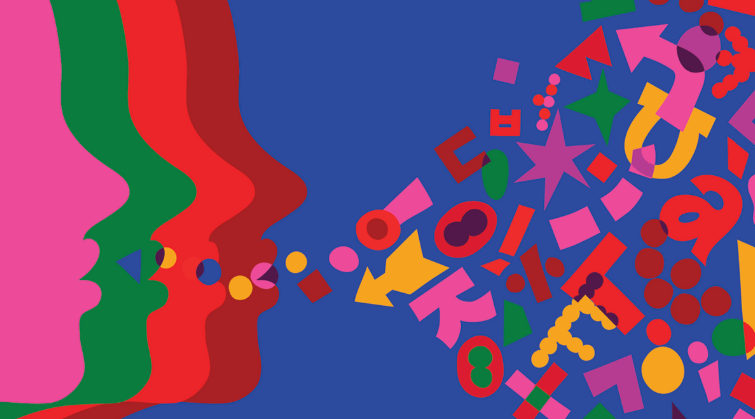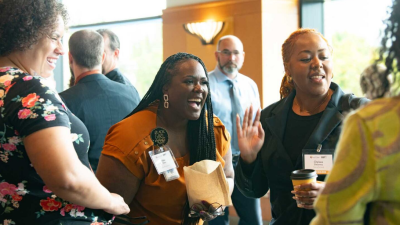Every thriving community speaks its own language. Whether in neighborhood groups, professional networks, or passionate hobbyists, unique terminologies emerge organically, binding members together through a shared linguistic framework that outsiders simply don’t understand.
This linguistic phenomenon goes deeper than mere convenience—it fundamentally shapes community identity and establishes powerful cultural boundaries that both welcome insiders and respectfully signal to others: “there’s something special happening here.”
The Birth of Community Language
Community-specific language rarely emerges through deliberate planning. Instead, it develops naturally through shared experiences, inside jokes, technical requirements, and problem-solving conversations. What begins as improvised shorthand gradually solidifies into recognized terminology that carries implicit meaning and shared history.
Software developers speak of “spaghetti code” and “rubber duck debugging.” Photographers discuss “chimping” and “bokeh.” Knitters understand “frogging” and “yarn chicken.” Each term carries not just literal meaning but emotional resonance and collective memory within these communities.
The Linguistic Society of America notes that specialized language varieties serve crucial identity-forming functions, creating “speech communities” where linguistic patterns signal membership and shared values.
Language as Identity Marker
When someone correctly uses your community’s terminology, something powerful happens—immediate recognition. They’ve signaled understanding of not just words, but context, values, and experiences. This recognition creates instant connection and trust.
Emily Matthews, cultural anthropologist at Northwestern University, explains: “Specialized language functions as both password and welcome mat. It simultaneously verifies membership while inviting deeper participation from those who demonstrate basic fluency.”
At BuildBonding, we’ve observed this phenomenon across hundreds of community interactions. Communities with well-developed linguistic identities show significantly higher retention rates and member satisfaction. The shared language becomes a form of cultural glue that enhances belonging.
Importantly, community language isn’t about exclusion but about reflection of shared purpose. The terms evolve to precisely describe common experiences and challenges that simply don’t exist outside that specific context.
Nurturing Authentic Linguistic Development
While community language develops organically, thoughtful community builders can nurture its healthy evolution. Documenting emerging terminology through community glossaries preserves institutional knowledge while helping newcomers integrate more smoothly.
Celebrating linguistic creativity encourages further innovation. When members coin particularly apt or humorous terms that gain traction, acknowledging their contribution reinforces the collaborative nature of community culture.
Creating space for language exchange matters tremendously. Whether through dedicated spaces for insider jokes, technical discussions, or shared experiences, these conversations become the laboratory where community language evolves.
The most powerful community terminology emerges from authentic moments—crisis management, breakthrough achievements, unexpected challenges. These emotionally charged situations often produce lasting linguistic markers that commemorate collective experience.
The Ethics of Insider Language
Community-specific language carries responsibility. When terminology becomes too impenetrable, it creates unnecessary barriers to participation. Thoughtful communities balance distinctive language with accessibility, creating onboarding paths for newcomers to gradually absorb the linguistic culture.
Historical context matters as well. Terms can carry unintended connotations or problematic origins that weren’t initially apparent. Healthy linguistic communities remain open to evolution when members raise concerns about specific terminology.
The goal isn’t linguistic purity but communication that strengthens rather than divides. When terms naturally fade from use, this represents not failure but evolution—the community language remains dynamic and responsive to current needs.
Language as Community Asset
Beyond creating belonging, specialized language serves practical purposes. It enables precise, efficient communication about complex topics. It preserves institutional knowledge through memorable terminology that new members can readily absorb. It creates cultural touchpoints that can be referenced across conversations.
The Journal of Community Psychology has published multiple studies demonstrating how shared linguistic frameworks correlate with increased collaboration, more effective knowledge transfer, and stronger identification with community purpose.
Community language acts as living documentation of collective history. Each term carries embedded stories, lessons, and values that transmit culture without requiring formal explanation. This organic knowledge transfer proves remarkably durable across generation shifts within communities.
Embracing Your Community’s Linguistic Identity
Rather than fearing insider language as jargon, successful community builders recognize it as cultural heritage worth nurturing. Document emerging terminology without forcing artificial adoption. Create accessible entry points while celebrating linguistic creativity.
Remember that healthy community language reflects genuine needs and experiences. Terms that stick do so because they genuinely serve the community’s communication requirements. Artificial attempts to create “cool” terminology typically fall flat precisely because they lack this authentic foundation.
Most importantly, view your community’s evolving language as a barometer of cultural health. A vibrant linguistic ecosystem indicates members are creating shared meaning together—the ultimate sign of community cohesion.
Through thoughtful attention to language development, community builders cultivate not just communication efficiency but profound belonging. In a world of increasing disconnection, these linguistic micro-cultures offer rare spaces of shared understanding and identity.





